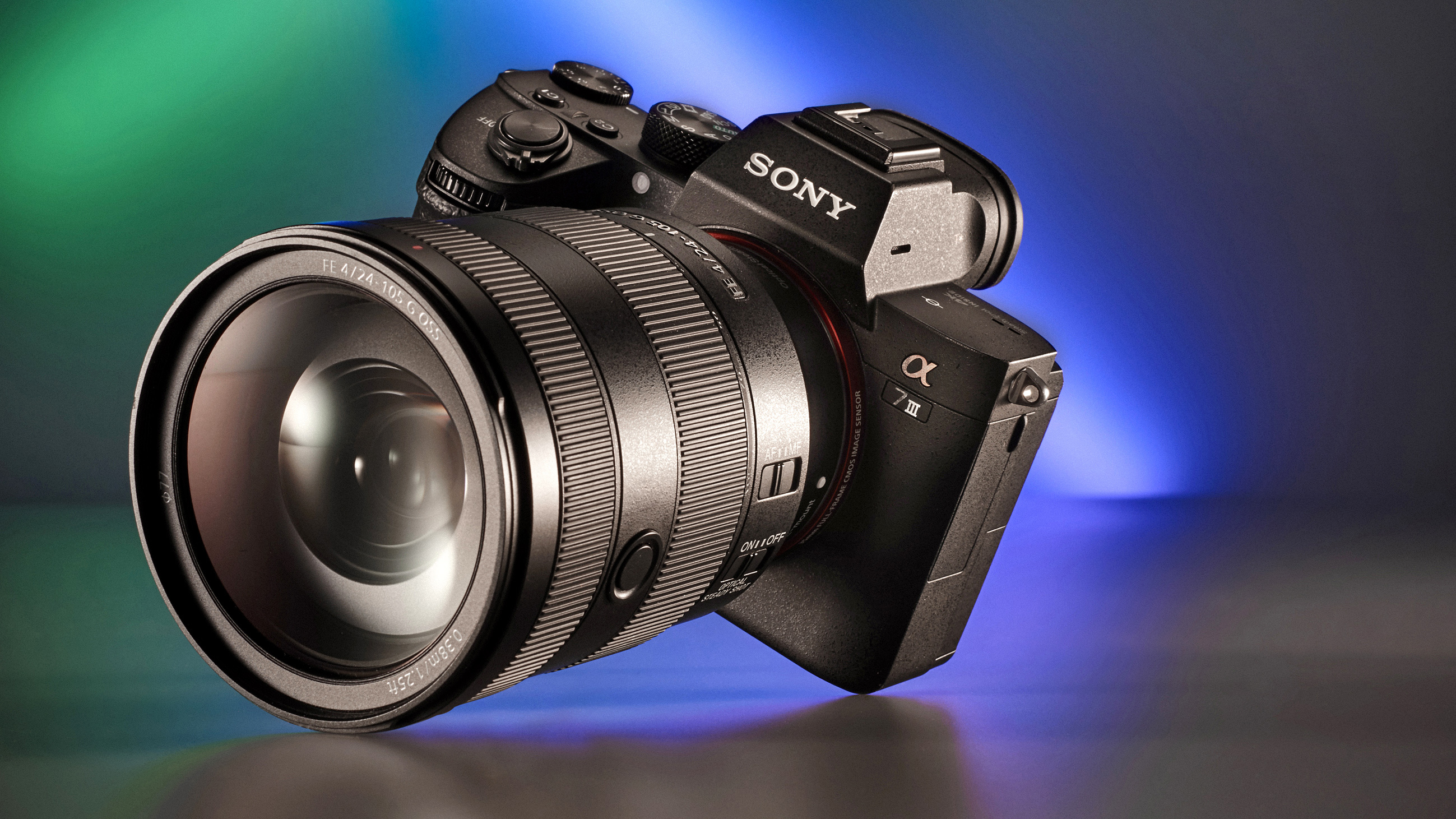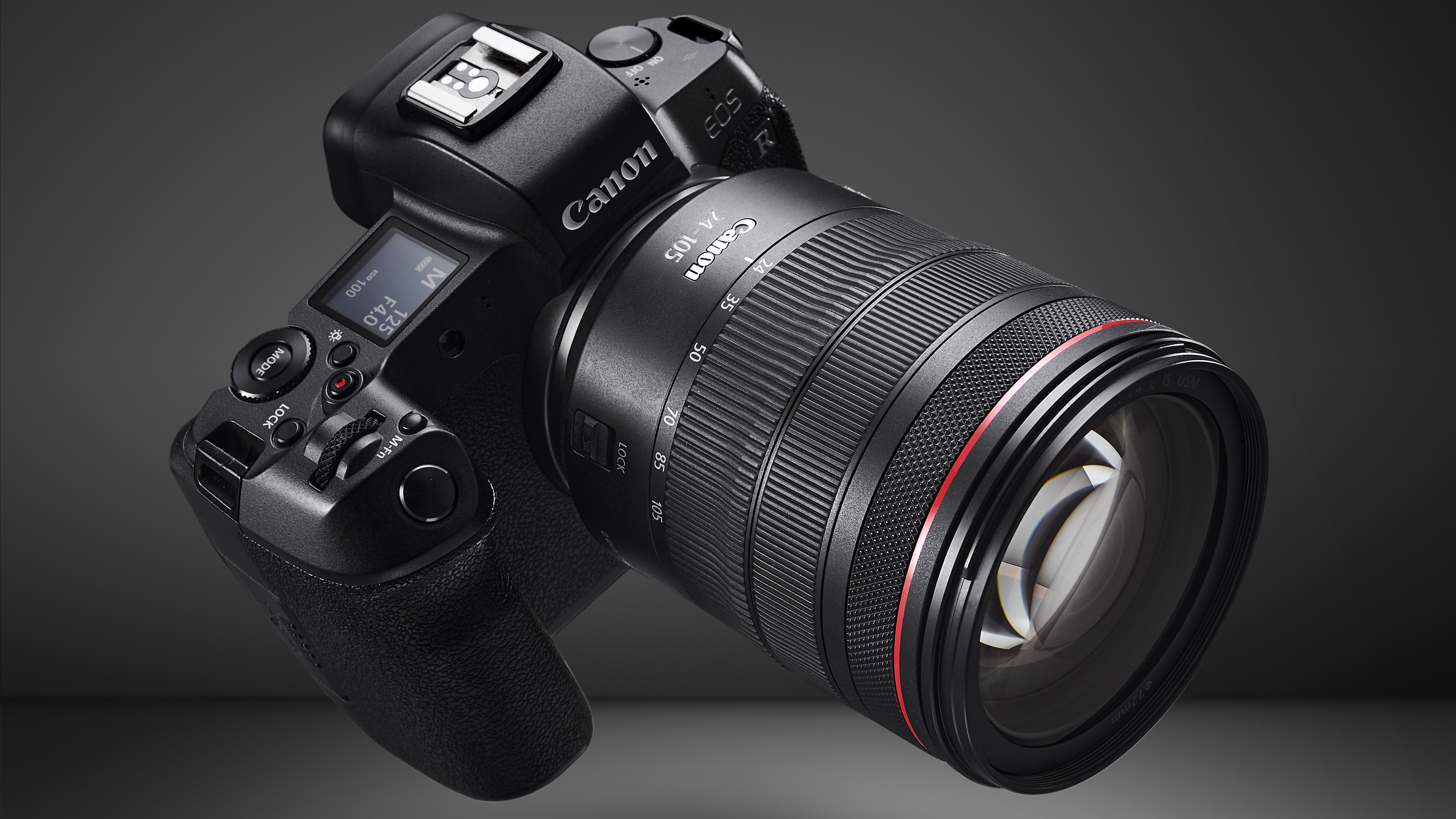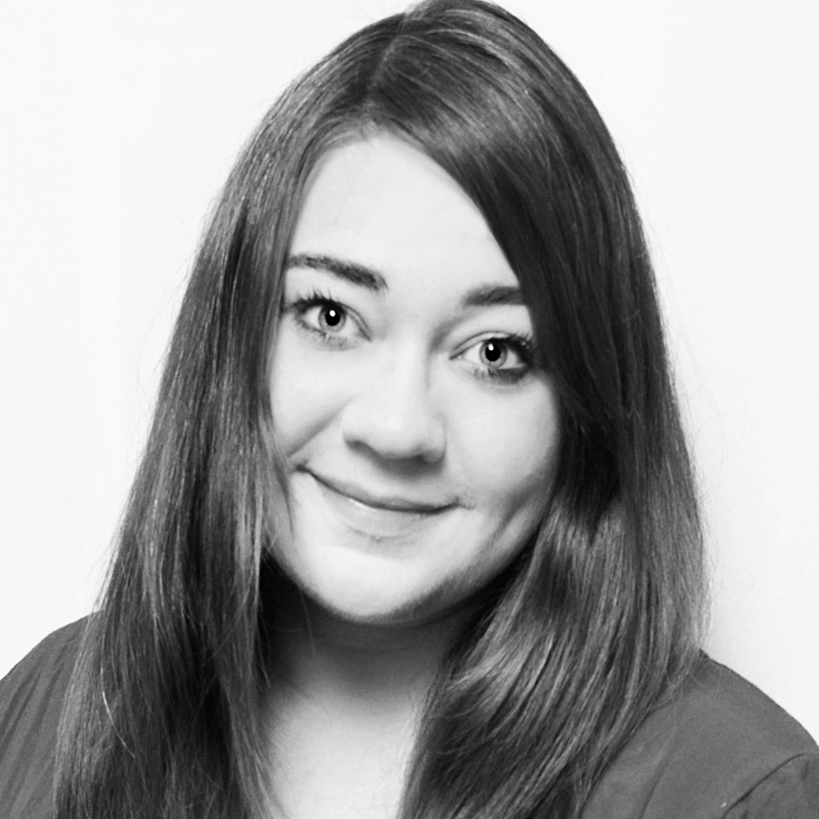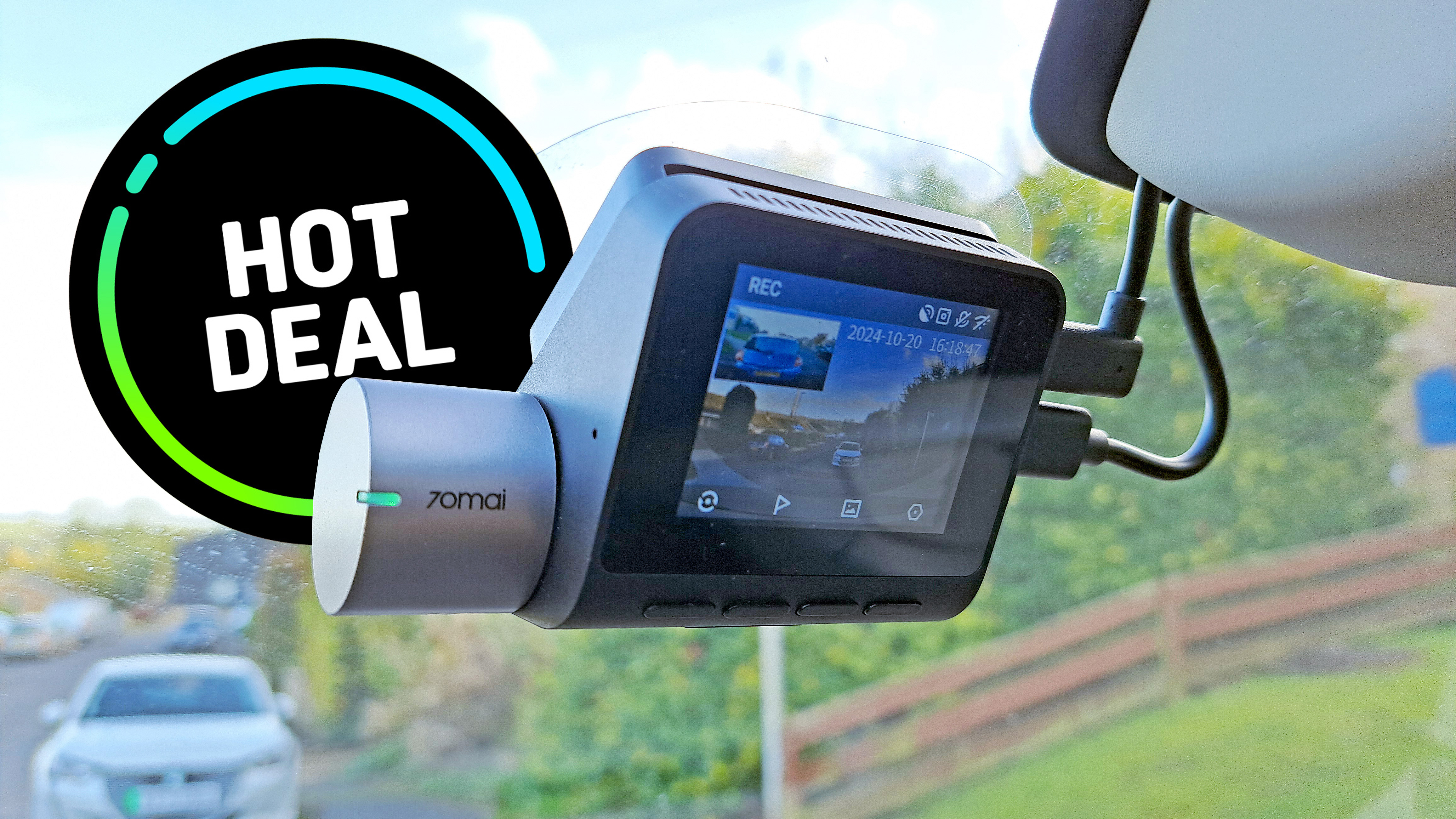Are kit lenses REALLY that bad? I don’t think you should leave it behind – and here's why
There's a lot of debate around kit lenses – and while the internet might tell you to ditch yours early, I believe they deserve more credit

When purchasing a camera – especially a camera for beginners – kit bundles are often the go-to choice, including a workmanlike standard zoom lens known as a "kit lens".
The aperture settings might not impress anyone (typically f/3.5-5.6), but their versatility in focal length – usually something like 18-55mm on an APS-C camera or a 28-70mm on a full frame – makes them, in my opinion, useful at the beginning and beyond. But not everyone thinks like this.
If you search online for opinions on kit lenses, you'll find a mixed bag. Some photographers, especially shooters who started decades ago, recommend tossing them aside as soon as possible. Why? Lack of sharpness, poor low-light performance, unimpressive overall quality and cheap build.
To be fair, these concerns aren't unfounded. Older DSLR kit lenses often struggle with the mentioned aspects, and they often come with slow and noisy autofocus, no weather sealing and no image stabilization.
But don't underestimate your kit lens. Many things have changed. While there's skepticism around them – and certainly not all kit lenses are created equal – the newer ones deserve more credit than they often get.

Stop talking kit
I know many professional photographers who started with a kit lens (including myself). A kit lens enables you to shoot multiple genres and grow your skills without the pressure of investing heavily.
Modern mirrorless kit lenses have seen substantial improvements across the board. They're generally sharper, particularly in the image center, perform well in low light, feature image stabilization, and the autofocus is faster and quieter.
The best camera deals, reviews, product advice, and unmissable photography news, direct to your inbox!
When I bought my first DSLR, the Nikon D7500, it came with an 18-105mm f/3.5-5.6. It was incredibly versatile; sure the autofocus wasn't the best, but that lens stayed with me for years. Then, I switched systems and picked up a Sony A7 III with its kit lens, the 28-70mm f/3.5-5.6. I had no complaints. I use it extensively to this day, but for shooting sports photography I had to invest in a telephoto zoom for greater reach.
Yes, kit lenses are no longer the weak link they used to be; they have come a long way. No, they won't match the optical performance or build quality of premium lenses, but that's not what they're built for – plus they don't cost thousands and thousands.
So, kit lenses are not bad. Over time they may start to feel limiting, as was the case for me, but in today's market, they do a solid job for a wide range of scenarios. My advice is: use your kit lens for as long as it serves your creative needs. Then, when you begin to hit its limits, consider investing in a new lens with bigger apertures or longer reach. But until then, there's no rush.
You might like...
When you're ready to move on from your kit lens, start by investigating the best telephoto lenses, the best lenses for landscapes and the best lenses for portraits.

Kim is a photographer, editor and writer with work published internationally. She holds a Master's degree in Photography and Media and was formerly Technique Editor at Digital Photographer, focusing on the art and science of photography. Blending technical expertise with visual insight, Kim explores photography's time-honored yet ever-evolving role in culture. Through her features, tutorials, and gear reviews, she aims to encourage readers to explore the medium more deeply and embrace its full creative potential.
You must confirm your public display name before commenting
Please logout and then login again, you will then be prompted to enter your display name.
